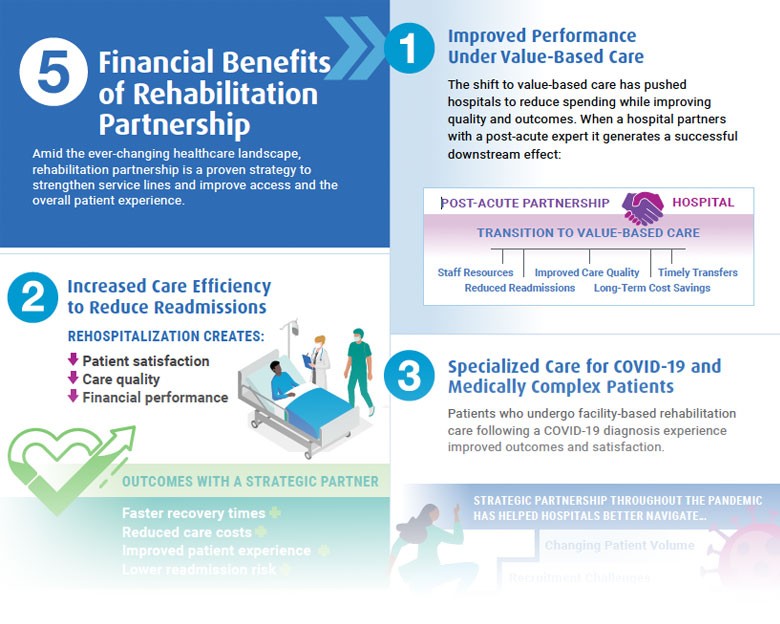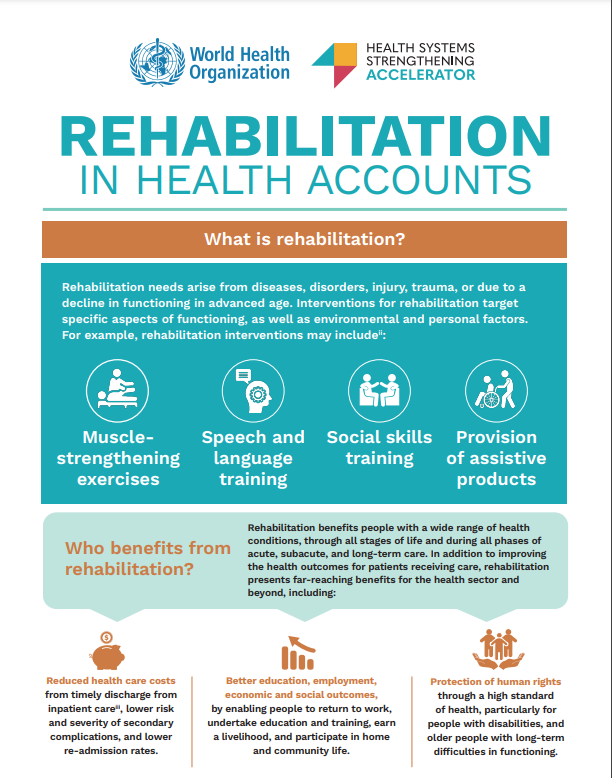Not known Incorrect Statements About Narconon Africa
Table of ContentsNot known Incorrect Statements About Narconon Africa Narconon Africa Things To Know Before You Get ThisFacts About Narconon Africa UncoveredFacts About Narconon Africa RevealedThe 8-Minute Rule for Narconon AfricaNarconon Africa for BeginnersNot known Facts About Narconon Africa
In a series of papers with Manudeep Bhuller and Katrine V. Lken, we overcome these data obstacles and the nonrandomness of jail time, providing new understandings right into exactly how incarceration influences recidivism, employment, children, and criminal networks - Effective Alcoholic treatment. Number 1 Our job research studies the impacts of imprisonment in Norway, a setting with two key benefitsWe can additionally link this information to other relative, including children and brother or sisters. We have info on co-offending that enables us to map out criminal networks for observed crimes. Second, we can take advantage of the arbitrary project of criminal instances to courts that differ in their propensities to send out accuseds to jail.
Some judges send offenders to jail at a high rate, while others are a lot more tolerant. We measure a judge's stringency as the average imprisonment rate for all other cases a court deals with, after regulating for court and year set effects, which is the degree of arbitrary job. This quasi-random task of court stringency can be used as an instrument for imprisonment, as it strongly anticipates the judge's decision in the present instance, yet is uncorrelated with various other instance characteristics both by design and empirically.
Narconon Africa Fundamentals Explained
Qualities of detainees, consisting of demographics and criminal activity groups, are broadly similar in Norway and various other nations, including the United States, with the exemptions that the United States homicide rate is much greater, and race plays a bigger function there also. What stands out as different, especially compared to the United States, is the jail system.
Number 2In Norway, the typical time invested in prison is a little over 6 months, which is similar to most other Western European nations. This contrasts with typical United States jail time of virtually 3 years, which remains in huge part the reason the USA is an outlier in its imprisonment price compared with the remainder of the globe [Figure 1]
The Best Guide To Narconon Africa
This offers far more splitting up in between minor and hard offenders than exists in the United States. There is no overcrowding in Norwegian jails and far better personal security, with each detainee being appointed to their own cell and a greater inmate-to-staff proportion than in the United States (https://www.metal-archives.com/users/narcononza12). Prisons in Norway additionally provide well-funded education, medicine therapy, psychological health, and work training programs
Our research study on the results of imprisonment on the offender, using the arbitrary project of judges as a tool, yields 3 essential findings. Initially, imprisonment inhibits additionally criminal habits. We locate that imprisonment lowers the probability that an individual will reoffend within five years by 27 portion points and reduces the corresponding variety of criminal charges per individual by 10 costs.
Getting My Narconon Africa To Work
We find substantial decreases in reoffending likelihoods and cumulative billed criminal offenses also after offenders are launched from jail. Our 2nd result is that prejudice due to option on unobservable specific features, if disregarded, brings about the incorrect verdict that time spent in prison is criminogenic. If we merely contrast criminal offenders imprisoned versus those not imprisoned, we locate favorable organizations in between incarceration and succeeding criminal offense.
This stands in comparison to our analysis based on the random task of judges, which locates an opposite-signed outcome. Third, the reduction in criminal activity is driven by people who were not functioning before incarceration. Amongst these people, imprisonment boosts engagement in programs routed at improving employability and lowering regression, and this inevitably raises employment and profits while preventing criminal actions.

Imprisonment causes a 34 percentage factor rise in engagement in task training programs for the previously nonemployed, and within five years their work price increases by 40 percent points. At the exact same time, the chance of reoffending within five years is cut by 46 percentage factors, and there is a decline of 22 in the average variety of criminal fees.
Fascination About Narconon Africa

A possible explanation for the distinction is that Norway's jail system varies substantially, both in regards to prison-term length and prison conditions, from the United States prison system. While recognizing the impacts of imprisonment on the wrongdoer is an essential very first step, catching spillover effects is also important for reviewing criminal justice plan and developing efficient prison systems.
Getting My Narconon Africa To Work

Ordinary least squares estimates reveal that this hyperlink youngsters of incarcerated fathers are 1 percentage point more probable to be billed with a criminal activity, loved one to a mean of 13 percent, and reveal no impact on institution qualities. Utilizing our judge stringency tool, we locate no analytical proof that a father's imprisonment influences a youngster's very own criminal offense or institution qualities, yet we are not able to eliminate modest-sized effects.
Getting The Narconon Africa To Work
We define criminal teams based upon network links to previous criminal situations. Our analysis returns three major findings. When a criminal network member is put behind bars, their peers' probability of being charged with a future criminal offense decreases by 51 percentage points over the following 4 years. Having an older brother incarcerated lowers the probability his younger brother will be charged with a criminal offense by 32 percentage points over the following 4 years.